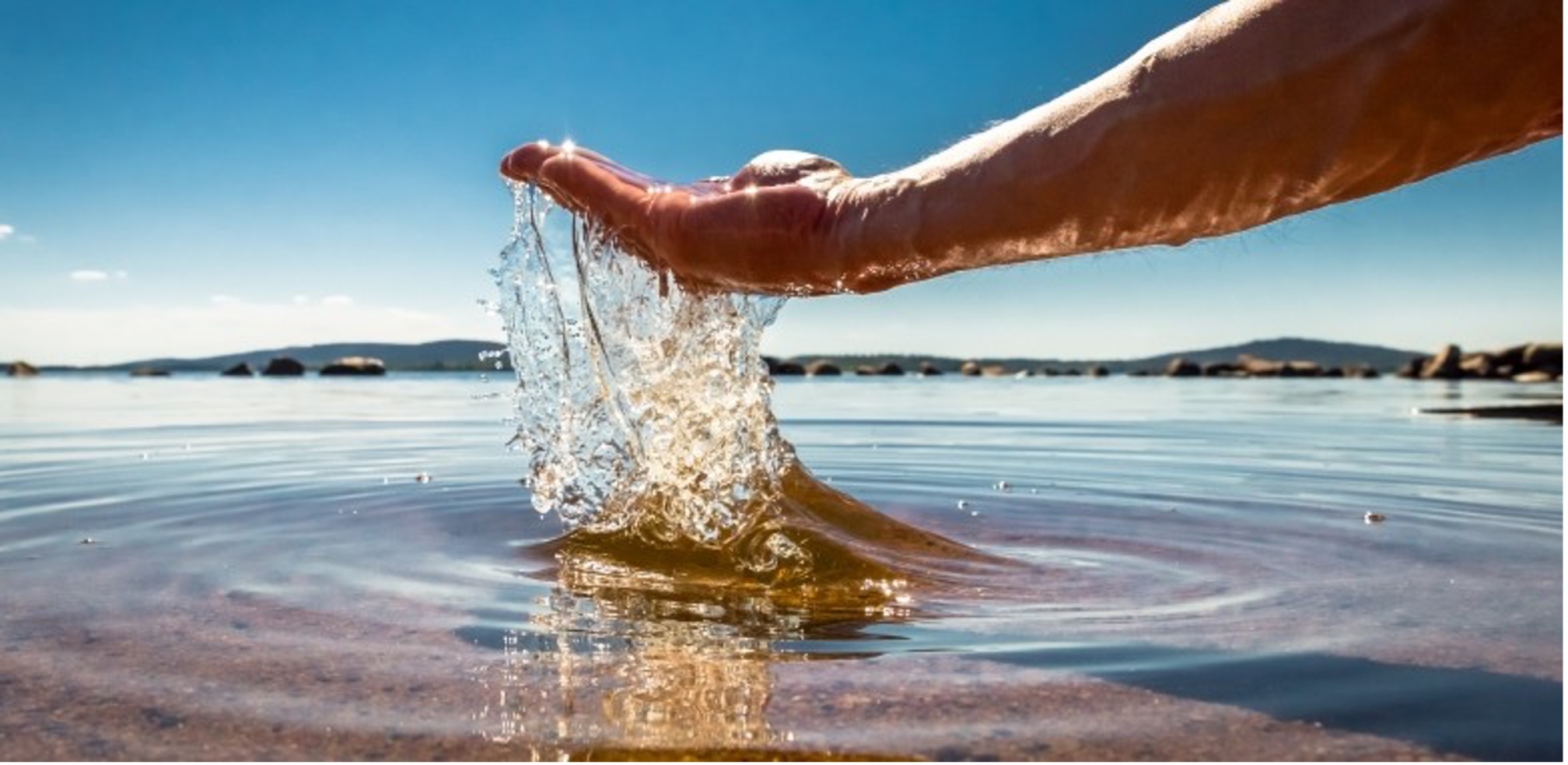Water quality monitoring

Most of the water entering Lake Kemijärvi comes from the north via the Kemijoki River, as the catchment area of the Kemijoki River makes up 79% of the catchment area of Lake Kemijärvi. Therefore, the water quality of the Kemijoki River and the potential pollutants in the catchment area also have a significant impact on the quality of the lake water in Kemijärvi.
Lake Kemijärvi is a typical throughflow lake, which also contributes to water quality. In flow-through lakes, natural changes in water quality and quantity are rapid and water residence times are generally short.
Today, the water quality of Lake Kemijärvi is good.
With the regulation, the water level in the upper part of Lake Kemijärvi varies by three metres and in the other parts, except in areas separated by dams and thresholds, the maximum variation is seven metres. In addition to the regulation of the lake itself, its status is affected by the regulation of the reservoirs in the catchment area and the power plants built on Lake Kitsi, as well as by the regulation of Lake Suolijärvi, which mainly affects the eastern part of Lake Kemijärvi.
The impact of the reservoirs on Lake Kemijärvi was at its highest immediately after their construction in the early 1970s and during the change in regulation practices in the 1980s. However, the water quality of the artificial lakes has improved substantially since the early days and the changes in the riverbed caused by the construction of the Kitise power plants have also stabilised, which has led to a substantial reduction in the impact of regulation on water quality.
There have also been changes in the environment around Kemijärvi in terms of pollutants. For example, the Kemijärvi pulp mill of Stora Enso Oyj ceased operations in April 2008.
Water quality monitoring
The water quality of the Kemijoki River has been monitored for a long time: water quality monitoring has been carried out as a joint monitoring system since 1976. The Kemijoki river basin monitoring area also includes Kemijärvi, which was included in the joint monitoring in 1980.
The monitoring of water quality in the Kemijoki Joint Monitoring Scheme consists of annual baseline monitoring, more extensive monitoring every three years (for example in 2013 and 2016) and the use of the results of monitoring by the authorities. In addition to the extensive monitoring of water quality, the broader monitoring included monitoring of phytoplankton and benthos in Lake Kemijärvi. The aquatic vegetation survey of Lake Kemijärvi is carried out every six years.
Better known as leaf green, a-chlorophyll is a phytoplankton algal coagulant pigment, the amount of which in water reflects the number of algae. Like nutrients, chlorophyll-a concentrations in Lake Kemijärvi have contributed to the slightly eutrophic water quality. However, based on the diatom monitoring, the ecological status of Lake Kemijärvi was mostly either excellent or near excellent.
Based on the data from the benthic monitoring in the shoreline zone, the ecological status of the lake was classified as satisfactory in the main body and eastern part of the lake and as fair in the southern part of the lake.
For more information:
Kemijoki River Water Protection Association
The Kemijoen Water Protection Association is an association founded in 1964 to promote water protection in its area of operation. Water quality measurements and monitoring reports are available on the association’s website.
